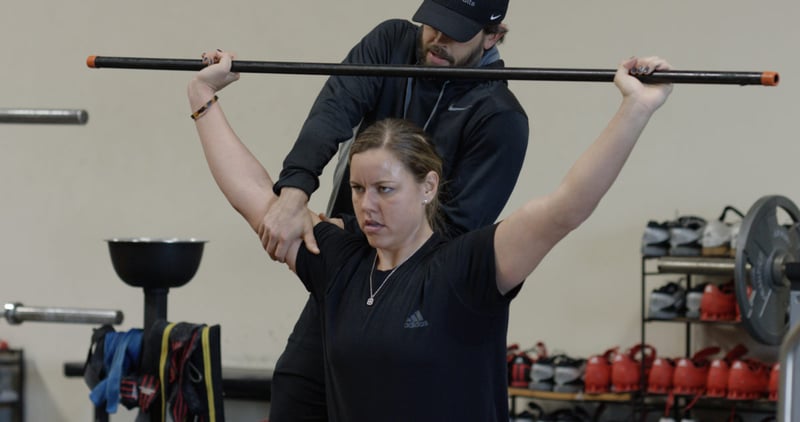
Some of the most frustrating words a colleague, client, or athlete can hear when asking a seemingly specific question are, “it depends.” Technology has never been more accessible or abundant and yet, performance coaches can’t spit out a straight answer. Sure, the programming process is a fully integrated one of immense complexity which makes it virtually impossible to provide an answer with 100% certainty. But, let’s be honest. We don’t really know the answers to questions about our athletes running, lifting, or practicing too much or too little today and the following fable about the Chinese farmer nails it.
Once upon a time there was a Chinese farmer whose horse ran away. That evening, all of his neighbors came around to commiserate. They said, “We are so sorry to hear your horse has run away. This is most unfortunate.” The farmer said, “Maybe.” The next day the horse came back bringing seven wild horses with it, and in the evening, everybody came back and said, “Oh, isn’t that lucky. What a great turn of events. You now have eight horses!” The farmer again said, “Maybe.” The following day his son tried to break one of the horses, and while riding it, he was thrown and broke his leg. The neighbors then said, “Oh dear, that’s too bad,” and the farmer responded, “Maybe.” The next day the conscription officers came around to conscript people into the army, and they rejected his son because he had a broken leg. Again, all the neighbors came around and said, “Isn’t that great!” Again, he said, “Maybe.”
There’s a certain wisdom that this farmer displays and it’s the same wisdom that great performance coaches possess. The farmer calls upon his experience and knows that these leading metrics (horse ran away) may lack validity and therefore will not achieve the most desired outcome or lagging metric ( 7 new horses come back). Coaches that are still learning are much like the farmer’s neighbors. They become so wrapped up in all of their leading metrics that the lagging ones become lost or forgotten. The truth is, the art of exercise prescription lies in the ability to patiently watch without judgement, be aware of change, and be open to what may come.
So coach, if I keep my goals clear and concise, how will I know if my athletes will reach those goals in eight to ten months from now? The answer is simple. In order to build an effective program, you must create a performance map that includes initial assessments, valid and reliable check points and check-ups, and a prioritization of your lagging metrics. At LSU, I perform 10 different assessments that primarily include the Sparta Science Jump, Plank, and Balance Scans, force-velocity profiling, load-velocity profiling, and trap bar jumps. These initial assessments establish baselines that will act as a compass when we start to address individual needs. Our “checkpoints” are pre-summer, post-summer, post-camp, at the end of non-conference, and right before our conference tournament. Tendo units, weekly trap bar jumps, and cluster sets performed approximately every five weeks are our tools of choice in-between each checkpoint. These “check-ups” allow us to continually nudge our athletes in the right direction and maintain an overall positive rate of change. This process allows us to take advantage of the longest training block of the year so by tournament time, we have achieved our lagging metric goals and the team is the fastest, most physically resilient, and completely available to win games.
Although there is much more to it, I just provided a laundry list that reveals how we utilize the technology we are so blessed to have. However, I failed to mention WHAT we use it for. I hold the belief that performance coaches need to hone their eyes and assessment skills BEFORE using technology. The skill that you acquire by noticing the most subtle movement patterns with your own eyes is more valuable than any technology on the market. What technology should be used for is to CONFIRM what you see and provide insight into patterns that might be missed or are invisible to the naked eye. Learn to flow with what comes, be open to unfolding nuances, and use creativity to uncover what is unknown to discover new possibilities.